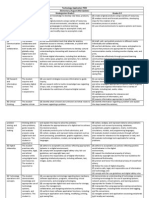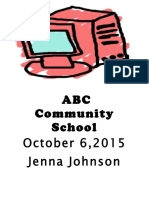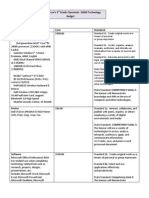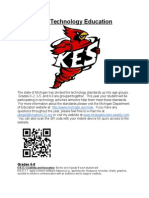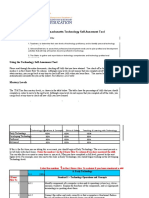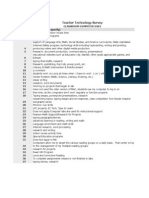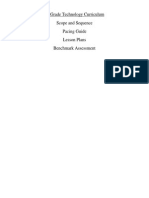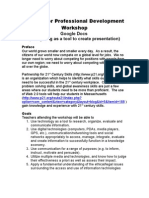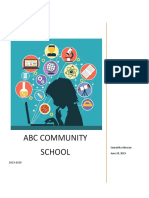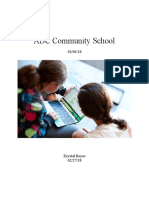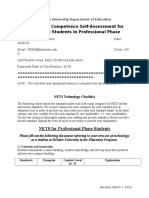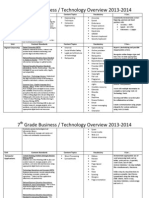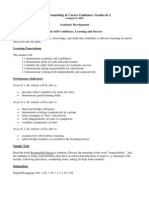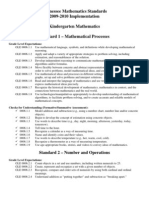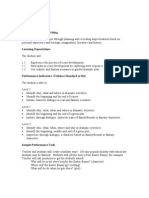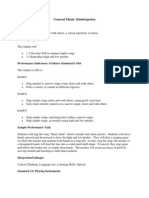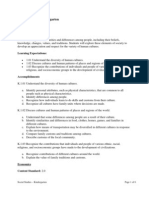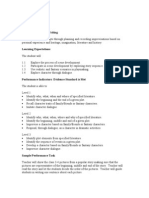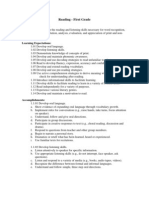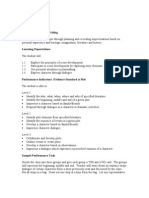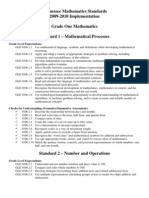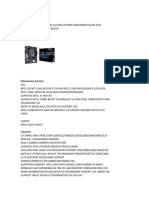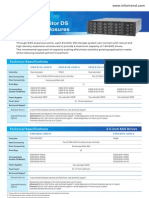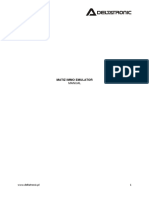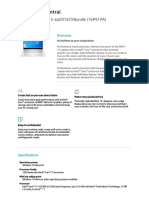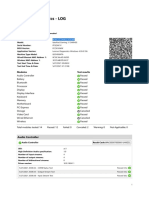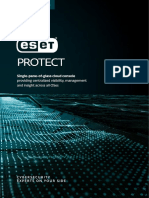0% found this document useful (0 votes)
287 views8 pagesThird Grade Standard 1.0: Computer Technology: Literacy and Usage
Students will understand basic operations and concepts of technology. 1.2. Students will demonstrate an understanding of the nature and operation of technology systems. 1.3. Students will develop basic skills (alpha numeric and special characters) in using keyboard using the touch system.
Uploaded by
Amanda-KoonsCopyright
© Attribution Non-Commercial (BY-NC)
We take content rights seriously. If you suspect this is your content, claim it here.
Available Formats
Download as PDF, TXT or read online on Scribd
0% found this document useful (0 votes)
287 views8 pagesThird Grade Standard 1.0: Computer Technology: Literacy and Usage
Students will understand basic operations and concepts of technology. 1.2. Students will demonstrate an understanding of the nature and operation of technology systems. 1.3. Students will develop basic skills (alpha numeric and special characters) in using keyboard using the touch system.
Uploaded by
Amanda-KoonsCopyright
© Attribution Non-Commercial (BY-NC)
We take content rights seriously. If you suspect this is your content, claim it here.
Available Formats
Download as PDF, TXT or read online on Scribd
/ 8






